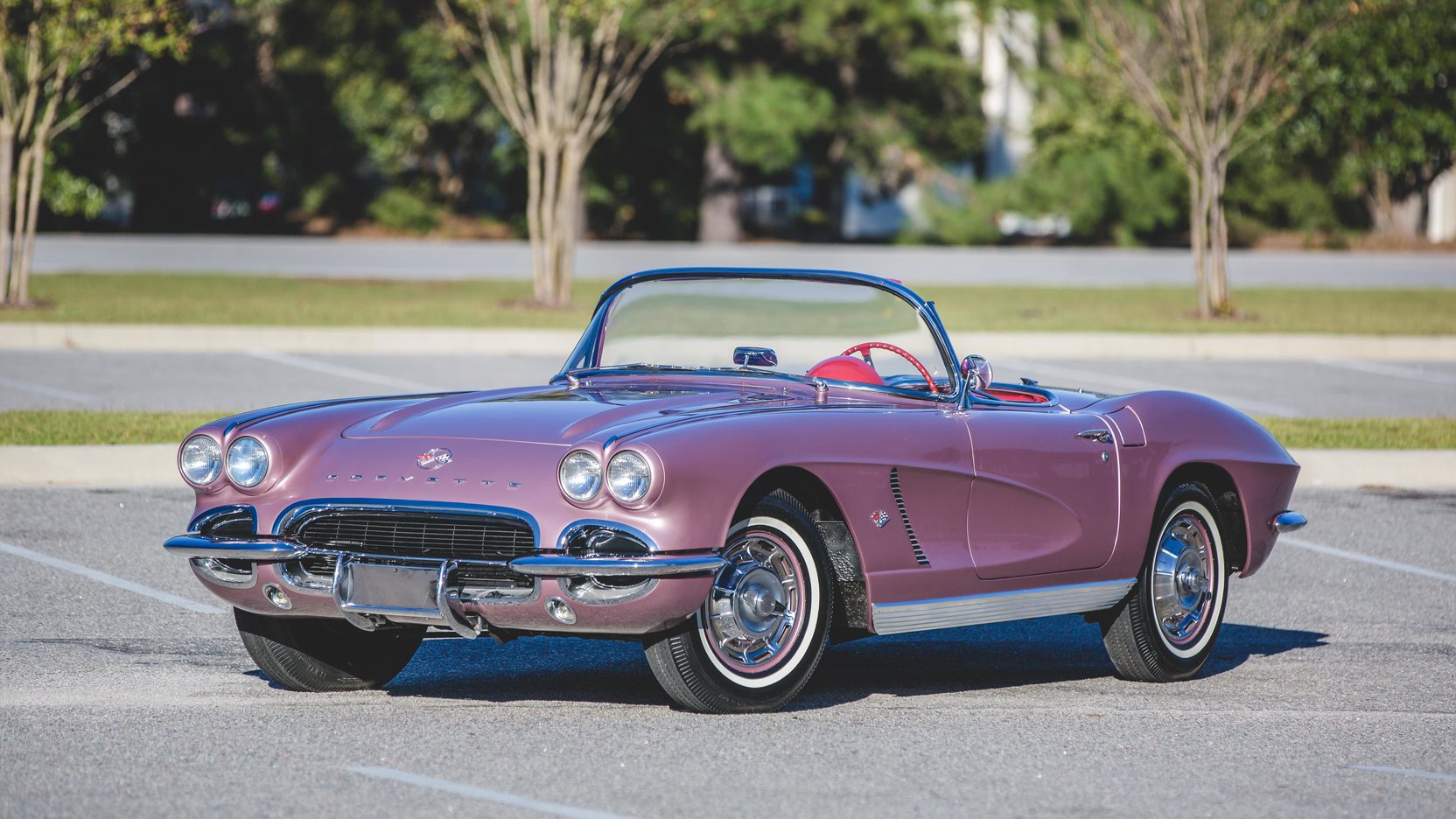Media | Articles
A COPO Corvette, yes, but not what you’re thinking
To Chevy buffs, hearing the term COPO whispered immediately stimulates sweaty palms and a faster heartbeat. The acronym stands for Central Office Production Order, a system that allowed Chevrolet dealers to order cars with features not available as Regular Production Options.
Among the best known of COPO programs was the one that yielded 1969 Camaros and Chevelles fitted with the Corvette-style L72 engine, a 425-horsepower beast not listed as an option for those models. Most of the cars that got the 427-cid big-blocks were ordered by Yenko Chevrolet in Canonsburg, Pa., and decked out as Yenko Supercars.
The mundane reality is that the COPO program was more typically used to order variations like special color combinations, exemplified by a 1962 Corvette offered at the Mecum’s January auction in Kissimmee, Fla. Despite the expected appeal of its COPO status, the car, bid to $75,000, did not sell.
This ‘62 was one of 13 ’Vettes in a small fleet purchase placed for members of the Tangier Shrine Corvette Patrol of Omaha, Neb. Shriners are a Freemason group renowned for their circuslike parades featuring motorcycles, mini cars (including mini Corvettes), go-karts decked out like flying carpets, 36-man bicycles and other mobile spectacles. They entertain for a cause, collecting donations for their network of children’s hospitals.
Formed in 1956, the Tangier Shrine Corvette Patrol often performed precision driving displays in tight formations. Each year, the group bought Corvettes identical in appearance from Anderson Chevrolet in Wahoo, Neb., owned by one of the founding members, Garwood Anderson. Another tradition the group followed was picking up their cars at the Corvette plant in St. Louis and caravanning back to Omaha.
Marketplace
Buy and sell classics with confidence
Their first ’Vettes were white ’57s with red interiors. Their 1960 ’Vettes were painted a light blue from the ’59 Buick palette. When the Shriners arrived at the Corvette plant to pick up their ’62 models, they saw for the first time that the group director, Quay Fitch, had specified a light purple Cadillac hue, called Royal Heather Amethyst, with a red interior. Not everyone was pleased – in subsequent years color choice was put to a group vote.
“Special color combinations were available to Corvette buyers willing to pay extra to dealers who were willing to fulfill the order, even if the combination was not advisable,” explained Kevin Mackay, owner of Corvette Repair, a restoration shop in Valley Stream, N.Y., who is an expert in identifying and locating rare Corvettes. “In this case, I think the purple with red is a positive thing,” he added. “With a car like that today, what you’re paying for is a story.”
Beyond appearance, members were free to choose their own options. There’s no brawny Fuelie engine under the hood of this 1962 Shriner ’Vette, just the base 250-horse 327-cid bolted to a base three-speed manual transmission. It’s also equipped with a heater and defroster, metallic brake shoes, signal-seeking AM radio, clock, whitewall tires and spinner wheel covers.
One later owner had the Corvette repainted silver, but another, in 1983, discovered the original amethyst paint while restoring the car. A Bloomington Gold judge confirmed the car’s identity as one of the Tangier Shrine Patrol Corvettes.
The National Corvette Museum in Bowling Green, Ky., displayed this Shriner Corvette in 2006-08. There’s still a Corvette Club in the Omaha Tangier Shrine, but the cars are no longer ordered together.

